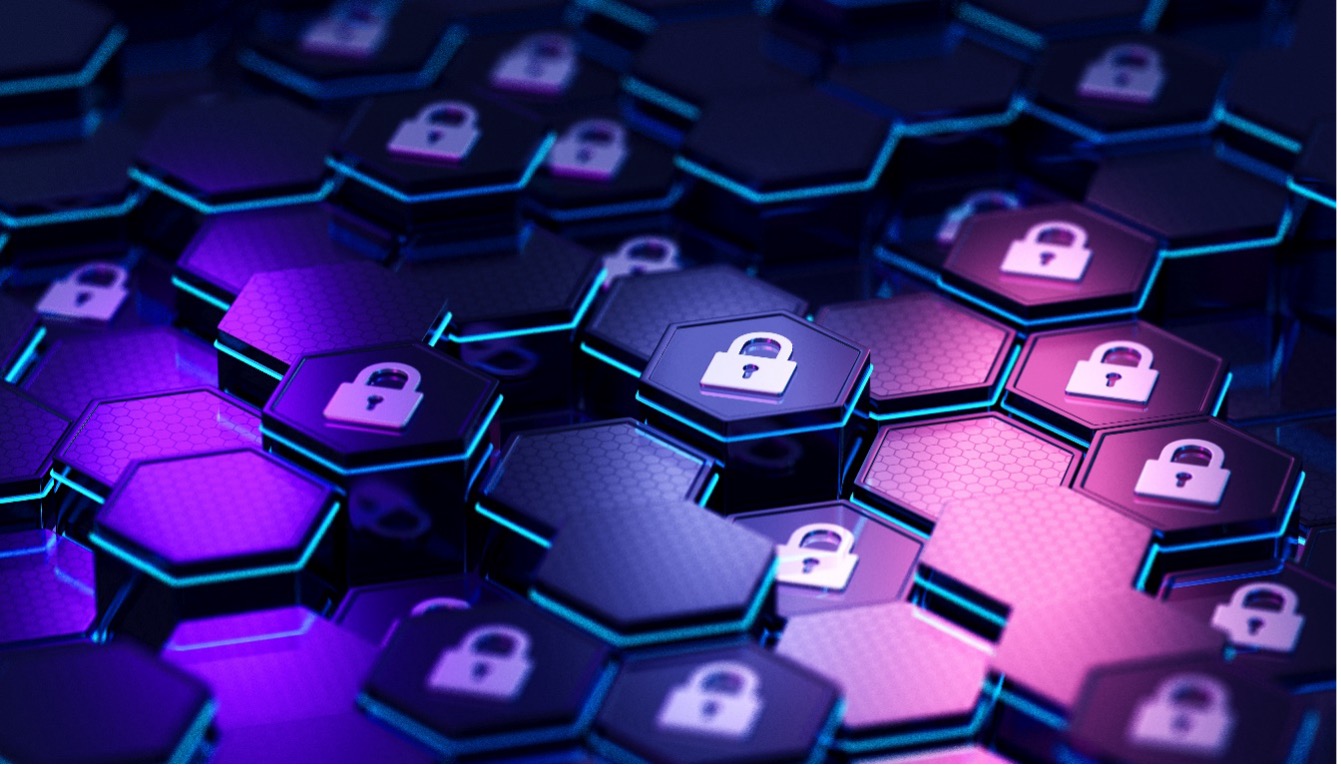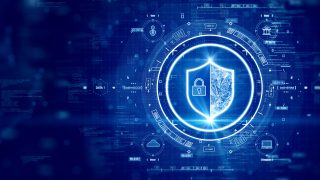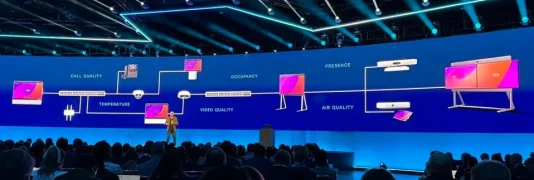
Over the past several years, AI ops has allowed enterprises to achieve improved service reliability, faster resolution of IT-related issues, reduced operational costs, and higher degrees of network assurance. Gen AI is now poised to transform enterprise use cases and workloads with the added benefit of dramatically improving security posture. However, as gen AI continues to gain adoption momentum, it creates security risks arising from the use of personal and shared data, API calls tied to expected agentic AI assistants handling multistep problems with multimodal context, and the broader weaponization of AI by bad actors.
In this piece, I will discuss my perspective on the value of next-generation AI ops in terms of its ability to optimize security outcomes, focusing on how Nokia is enabling both security for AI and AI for security within enterprise large area networks and mobile wide area networks.
Security for AI
Security for AI encompasses the various aspects of safeguarding AI’s operational use. Large language models represent significant investments in intellectual property; they must be protected to mitigate hallucinations that could lead to reputation damage or poor decisions—and to prevent theft of the models themselves. Careful measures must also be established to block malicious prompt injections that can lead to false and damaging outcomes.
Bad actors are increasingly masking harmful AI applications to appear benign as they attempt to steal the valuable underlying data used for training and inference, and it is often difficult to discern which applications are safe to use. Data leakage resulting from the use of gen AI is also a real concern—one that organizations must manage consistently to meet regulatory and compliance requirements. Not doing so could lead to costly fines and business disruption.
AI for Security
Conversely, AI for security addresses the ways in which next-generation AI applications and tech stacks can improve security posture. AI is exceptional in its ability to analyze large volumes of threat intelligence and telemetry, reducing the effort previously given to manual review and correlation of threat vectors. When applied correctly, AI can mitigate alert fatigue, reduce false positives, and improve security operations through higher degrees of automation.
The application of gen AI can also deliver newfound efficiencies by making natural-language recommendations to security analysts and generating situational reports that can be shared easily with key stakeholders. All these efforts make SecOps personnel more effective and enable faster mean time to remediation in the event of a cyber breach.

Nokia’s AI-Driven Security Solutions
Nokia helps customers improve security posture for disaggregated infrastructure deployments, gen AI, and endpoints. To this end, it provides a multitude of security services for cloud deployments and software-defined networks. For starters, the company delivers value-added gen AI functionality through its NetGuard Cybersecurity Dome product to help security operations professionals quickly analyze threats and automate remediation. Nokia’s extended baseline functionality for threat detection and response also delivers improved endpoint protection and network assurance for enterprise workloads. These efforts are supported by the company’s security portfolio, which includes its NetGuard XDR Security operations suite, managed security services that ease deployment and operation, and a cybersecurity consulting arm that provides assessments, insights, and recommendations to ensure end-to-end network security.
Nokia also publishes frequent threat intelligence reports that inform the public on the latest vulnerabilities and cyber risks in the wild, as well as forward-looking analysis of broader gen AI weaponization tactics and future quantum security risks. The company is extremely credible in this regard, given its research depth across its cybersecurity centers in France and India, not to mention its quantum-safe security expert investigations within Nokia Bell Labs, which marry network analytics and DDoS security to examine and remediate vulnerabilities.
More broadly, cybersecurity is one of four elements that Nokia continues to refine within its overall effort to deliver on the promise of autonomous networks. To learn more, read the Moor Insights & Strategy research paper “Nokia — Delivering Operational Cost Savings through Autonomous Networks.”
Demonstrated Partnership and Customer Success
Combining telco security expertise with secure public cloud deployment experience, Nokia and Microsoft have established a partnership to empower communication service providers to build secure, data-driven businesses. This partnership leverages the companies’ global ecosystem and innovative solutions in network, IT, AI, and security. To strengthen Nokia’s XDR capabilities, the two companies have integrated a new telco gen AI assistant based on LLMs within Microsoft Azure OpenAI Service, which are trained on insights from 5G network architectural tenants, 5G security practices, and Nokia’s telco domain expertise.
A successful customer deployment example of these efforts is Nokia’s support of Claro Colombia in securing that operator’s network with an integrated XDR solution tailored for telco environments. To address insider threats, Claro is using Nokia’s NetGuard Identity and Access Manager to facilitate privileged access and protect user credentials. For data exfiltration prevention, NetGuard Endpoint Detection and Response is deployed to monitor private cloud infrastructure and 4G Core VNFs. Threat detection has also been strengthened with NetGuard Cybersecurity Dome, which provides real-time analytics, gen AI-assisted intelligence, and a unified view of security posture—all ensuring that data collected on-premises is encrypted before being sent to the cloud.
Delivering Optimized Security Outcomes
The hype cycle for the use of generative AI is at its apex, with some doubting its longer-term benefits for enterprises. The broad and unsubstantiated claims of some security infrastructure providers are partly to blame for this. To move beyond the hype and realize optimal security outcomes, customers require a security platform that addresses risks including business disruption and reputation damage while also meeting regulatory and compliance considerations.
To address responsible AI and balance Nokia’s innovation toward autonomous networks, Nokia Bell Labs has also developed a framework to ensure both the security of AI and its ethical use. It treats legal and privacy considerations including GDPR, along with customer data governance. For the latter, Nokia provides the AVA Data Suite, which enables CSPs to manage data lineage, access, classification, and secure sharing with full transparency and control.
Nokia is embracing the power of AI ops to improve data analytics and apply higher degrees of automation to improve service efficacy and provide safer user experiences. The company’s efforts are complete, addressing both security for AI and AI for security. Thanks to this, Nokia is facilitating proactive notification of cyberthreats and subsequent remediation, reducing downtime and preventing reputation damage and enterprise operational harm. The value of what the company is providing is significant, especially given the immaturity of gen AI and the need to safeguard its use as it matures over time. Bad actors will continue to use AI to exploit it for gain, but Nokia’s ongoing security efforts are well positioned to tip the scales in favor of defenders.























































































